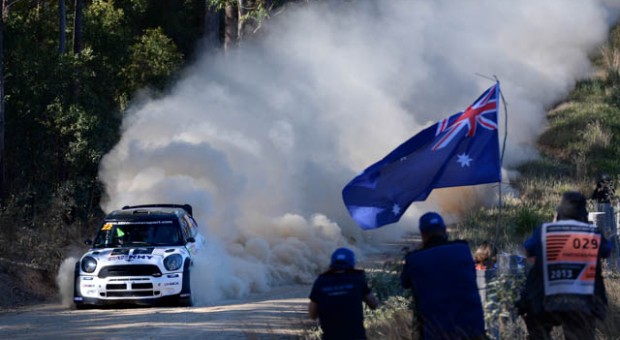
If you’re a fan of car racing, you’ve probably heard of rally racing. Rally racing is a type of motorsport that takes place on public and private roads, with drivers and co-drivers racing against the clock to complete a set course as quickly as possible.
One of the most important components of a rally car is its engine, which is responsible for powering the car and helping it reach incredible speeds. In this article, we’ll take a look at how a rally car engine works and explain some of the technical details in a way that kids can understand.
What is a Rally Car Engine?
A rally car engine is a specialized type of engine that is designed to provide high performance and endurance under extreme racing conditions. Rally cars often race on unpaved, rough roads and tracks, and the engine needs to be able to handle the stress of constant acceleration, deceleration, and high-speed turns.
The engine in a rally car is usually a four-stroke internal combustion engine. This means that the engine takes in air and fuel, compresses the mixture, ignites it, and then expels the exhaust gases. The combustion process generates energy that is used to power the car.
Technical Details Explained for Kids
Here are some of the technical details of a rally car engine explained in a way that kids can understand:
- Cylinder: The cylinder is the part of the engine where the fuel and air mixture is ignited. Most rally car engines have four or six cylinders, which means that they have four or six combustion chambers.
- Piston: The piston is a cylindrical part that moves up and down inside the cylinder. When the fuel and air mixture is ignited, it causes the piston to move, which generates energy that is used to power the car.
- Crankshaft: The crankshaft is a long, straight part that connects the piston to the transmission. As the piston moves up and down, it causes the crankshaft to rotate, which helps to transfer the energy generated by the combustion process to the wheels.
- Valves: The valves are small parts that control the flow of fuel and air into and out of the engine. There are usually two types of valves in a rally car engine: intake valves, which let fuel and air into the engine, and exhaust valves, which expel the exhaust gases after the combustion process.
- Turbocharger: A turbocharger is a specialized part that helps to increase the power of the engine. It works by compressing the air that enters the engine, which means that more air and fuel can be burned during the combustion process. This generates more energy, which is used to power the car.
Conclusion
In conclusion, the engine is the heart of a rally car. It’s responsible for generating the power that propels the car forward and helps it reach incredible speeds. By understanding the technical details of how a rally car engine works, kids can gain a better appreciation for the science and engineering that goes into building these amazing machines. Whether you’re a fan of rally racing or just curious about how things work, learning about the rally car engine is sure to be a fascinating journey.





